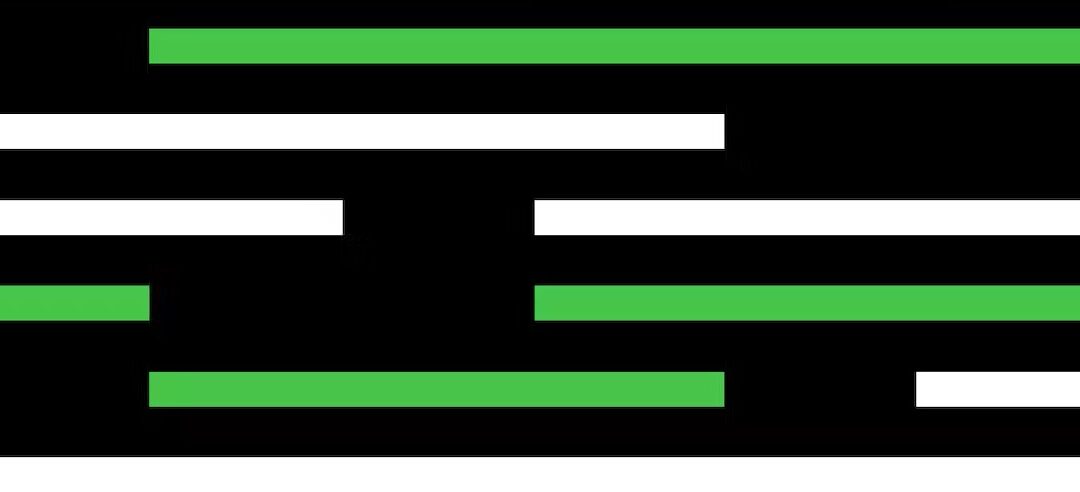- Artificial intelligence can be applied in almost any area of HR, and new tools will enhance what can already be done
- Generative AI tools, which generate text- or image-based outputs from text inputs, are already evolving into their next iterations
- Examples of current ways HR professionals can use ChatGPT (GPT-3.5), with more potential applications for its latest iteration (GPT-4)
Artificial intelligence is everywhere right now. But for HR professionals, it has been in use for quite some time and for many applications. IBM, for example, detailed their internal use of AI for HR, and stated: “IBM HR’s experience is that AI can be applied in almost any area of HR, including candidate attraction, hiring, learning, compensation, career management, and HR support.”
New generative AI tools, which can generate text- or image-based outputs based on text inputs, have brought AI into center stage. ChatGPT, Dall-E, and BingAI are reshaping what we thought was possible.
In fact, the innovations are coming so rapidly that ChatGPT, which was first released in November 2022 by OpenAI and has gone on to attract over 100 million users, is already seeing an upgrade.
ChatGPT as it was released used a version called GPT-3.5. On March 14th, 2023, GPT-4 was announced, just 4 months later. And it appears to be another leap in capability. Whereas GPT-3.5 required text-based inputs, GPT-4 stands out in several ways.
- GPT-4 can process images
- Imagine uploading an image of a scene and asking the program to explain what is happening
- GPT-4 has been taught to avoid malicious human prompts, which tripped up GPT-3.5
- There are many instances where ChatGPT was caught lying or saying strange things during a conversation. New updates will handle prompts that led to this more appropriately.
- GPT-4 can “remember” up to 50 pages of generated text while in a conversation, as opposed to the 5 GPT-3.5 could remember
- Basically, if you had a long enough conversation with ChatGPT, it wouldn’t “remember” what it told you after a certain point. That point is now extended.
- GPT-4 can handle 24 languages, as opposed to just English
- Imagine uploading a resume in Spanish for a summary in English
- GPT-4 can exhibit different “personalities” and can be directed to use different ones
- Imagine you would like an article written in the voice of a professional newscaster
Why this matters to HR professionals
The jury is still out on how employers will use GPT-4, but judging by the creativity applied to ChatGPT, there could be many, many ways. Conversely, it is likely candidates will use these tools as well.
Below are a few examples of how HR professionals might venture to use these tools, according to Josh Bersin:
- Content like job descriptions, onboarding materials, and more
- Skills models and candidate profiles for recruiting
- Assisting in the pay-related decisions with analytics
- Performance assessments and feedback
- HR self-service solutions
The above apply to GPT-3.5, where text to text can perform these jobs.
With the new audio, image or video analysis description capabilities of GPT-4, there could be more at some point (some of this functionality is currently locked):
- Social-media scraping and summarization
- Video interview analysis
- Voice analysis from recorded responses
- Written word analysis and comparison to colleagues or candidates
In sum, a lot is changing very fast. Proceptual is here to keep you up to date.

